Chessboard of the great powers
Since the summer of 1953, France had been bogged down and on the brink of defeat, wanting to find a way out of the Indochina war. The ruling figures in France at that time, from the Prime Minister, the French Foreign Minister, to the Commander-in-Chief of the Expeditionary Force, General Henri Navarre, all openly expressed their desire to end the war.
On November 26, 1953, President Ho Chi Minh declared: If France wants to reach a ceasefire in Vietnam through negotiations, the Government of the Democratic Republic of Vietnam is ready to accept that wish of the French side.
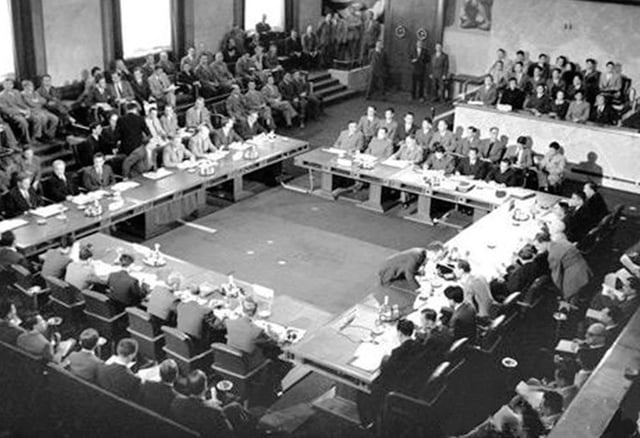
Overview of the Geneva Conference
DOCUMENTS
In the trend of détente at that time, the new leadership in the Soviet Union led by N. Khrushchev coordinated with China to end the Korean War (1950-1953). They also wanted to end the Indochina War. Due to the "activeness" of the Soviet Union, on February 18, 1954, in Berlin (Germany), the Foreign Ministers Conference of the four countries of the Soviet Union, the United States, Great Britain, and France agreed to convene an international conference in Geneva (Switzerland) to resolve the Korean issue and restore peace in Indochina.
The bipolar world order and the Cold War situation dominated the outcome of the Indochina war settlement by an international conference, with the participation of many great powers (Soviet Union, USA, UK, France, China) when negotiations to end the war should have been the main task between the warring parties.
The Geneva Conference began on May 8, 1954, just as the news of the collapse of the French Dien Bien Phu stronghold was announced to the world. The conference had 9 members with an uneven relationship. The French side included France, the US, the UK and 3 governments allied with France: Laos, Cambodia and South Vietnam (Bao Dai Government). France relied on the UK and the US to create strength at the conference table, using 3 more allied governments to obstruct Vietnam and "disrupt" when necessary. The Democratic Republic of Vietnam side had the Soviet Union and China as allies.
However, China tried every way to arrange the issues at the conference in a way that would maximize China's benefits on the basis of permanently dividing Vietnam (like with North Korea), creating a "buffer zone" to prevent China from directly confronting US forces, eliminating Vietnam's influence and gradually increasing China's influence in Laos and Cambodia to increase its influence in Southeast Asia.
The French delegation avoided negotiating directly with the Vietnamese delegation. France understood China's goals and intentions, so it considered China its main negotiating partner and secretly agreed on everything with China. China also took advantage of the situation and opportunity to put more pressure on Vietnam at the conference table to bargain with France.
To summarize the developments of the Geneva Conference, we can quote the comments of scholar Laury Anne Bellessa (France) at the International Conference on Dien Bien Phu Victory - 50 Years in Review (Hanoi, April 2004). This scholar said: “If we go into the details of the negotiations, we will see that the terms of the agreement were only intended to satisfy the great powers... Because they wanted to protect their interests in the Southeast Asian region, the great powers themselves stipulated most of the terms of the agreement, without taking into account the reactions of the Indochinese countries.
Having no other choice, the Indochinese countries had to give in to these enormous pressures… Victory on the ground, but at the conference table, the Democratic Republic of Vietnam could not exploit its military strengths.”
Inconsistent results
What Vietnam achieved at the Geneva Conference was also affirmed: forcing France to withdraw all troops and recognize the basic national rights of the Vietnamese people: independence, sovereignty, unity and territorial integrity; the North was completely liberated and had the conditions to build the first material foundations for socialism in peaceful conditions; creating a solid international legal basis for the struggle to unify the country later... That was the proud result of the heroic 9-year resistance war with many sacrifices and hardships of the Vietnamese people.
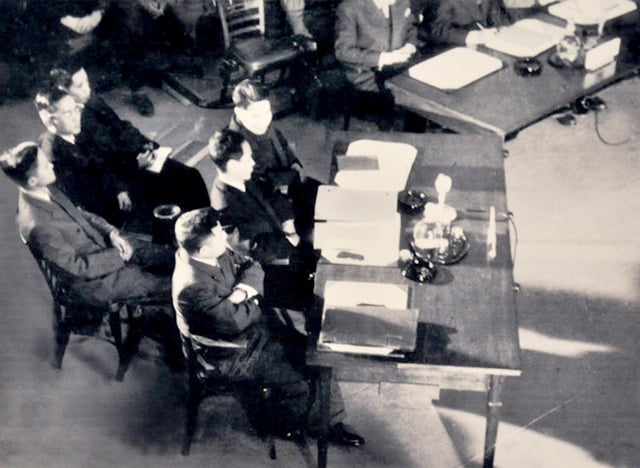
Vietnamese delegation at the opening session of the Geneva Conference
However, the results Vietnam achieved at the Geneva Conference were not commensurate with the reality on the battlefield. Although France had been defeated in the decisive strategic battle at Dien Bien Phu and wanted to withdraw from the “quagmire of war” in Indochina with honor, Vietnam came to the conference as a victor but did not have a high diplomatic position at the conference table. The discussion of a solution to the Indochina war was not between the two parties directly involved in the war but was played by the major powers.
France was a direct participant in the war but always avoided direct negotiations with the Vietnamese delegation and used its role as a major power to negotiate with the Soviet Union and especially with China. The Vietnamese negotiating delegation faced many disadvantages, was isolated, and could not protect its important demands.
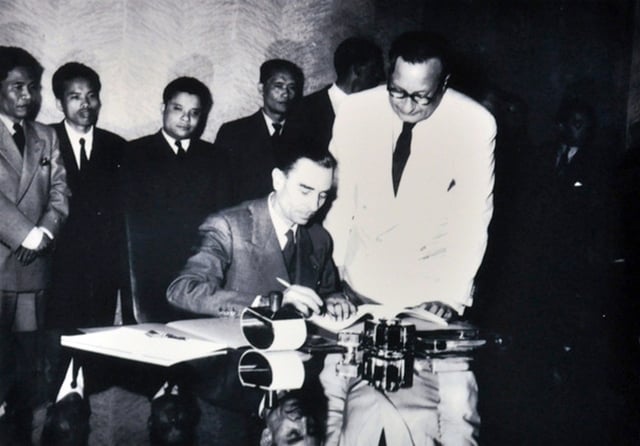
Major General Delteil signed the Geneva Accords on behalf of the French Union Army Command.
The Geneva Conference decided on issues related to the resistance forces in Laos and Cambodia without the participation of the resistance governments in these two countries. Representing all three resistance governments in Indochina was only one delegation from the Government of the Democratic Republic of Vietnam. The determination of the temporary military boundary and the division of the troop assembly area in Vietnam was not the 13th parallel - corresponding to Nha Trang (then the 16th - corresponding to Da Nang) according to the Vietnamese plan, but the 17th parallel according to the French demand to maintain control of Route 9.
Vietnam lost 3 provinces of Zone V and many liberated areas south of the 17th parallel. In Laos, the resistance forces were only given a regrouping area consisting of 2 provinces of Sam Neua and Phongxally - much smaller than the actual liberated zone. The Cambodian resistance forces had to demobilize on the spot. The deadline for general elections to unify Vietnam was not 6 months as Vietnam planned, but 2 years.
However, this could not be done due to the intervention and invasion policy of the United States. The people of both North and South Vietnam had to continue on a long journey of 21 years with more sacrifices, losses and pain to achieve what should have happened in July 1956.
Thanhnien.vn
Source: https://thanhnien.vn/hiep-dinh-geneva-thang-loi-tren-ban-dam-phan-con-co-the-lon-hon-185240719131721882.htm







![[Photo] Close-up of An Phu underpass, which will open to traffic in June](https://vphoto.vietnam.vn/thumb/1200x675/vietnam/resource/IMAGE/2025/5/15/5adb08323ea7482fb64fa1bf55fed112)



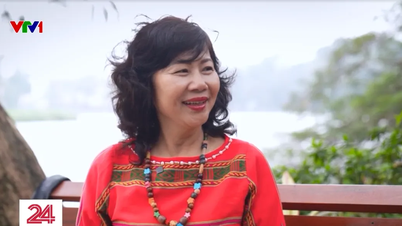

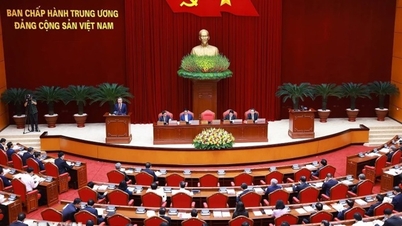

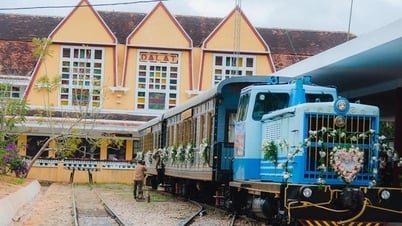


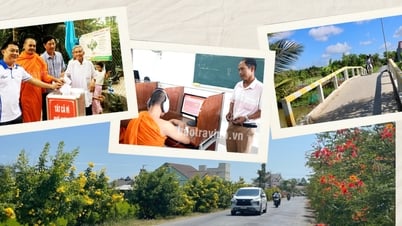
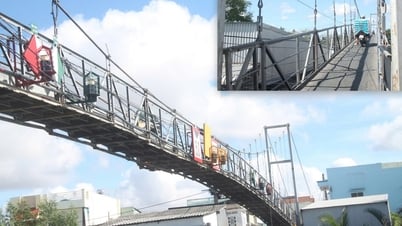


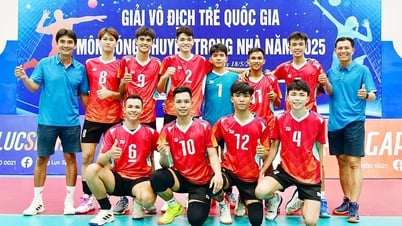
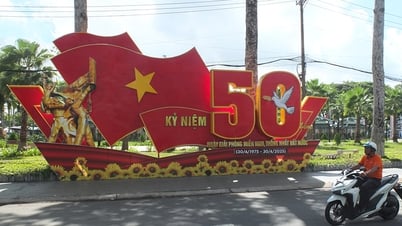




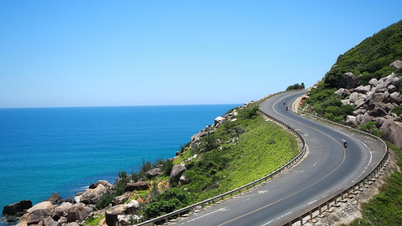





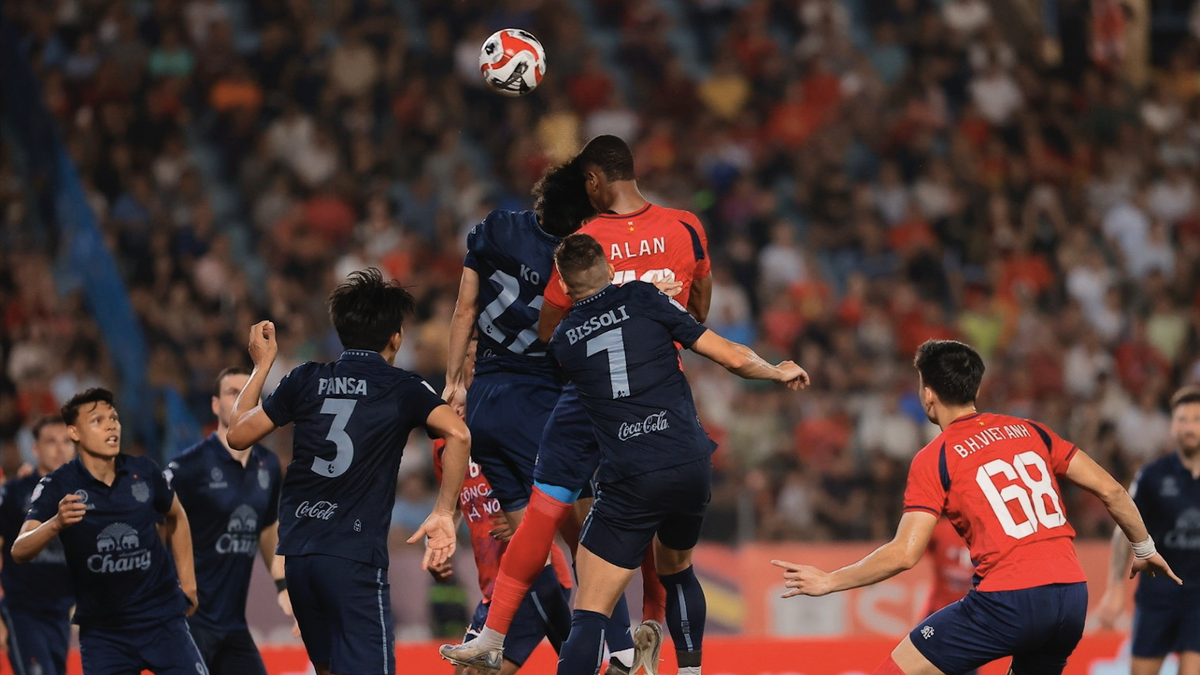


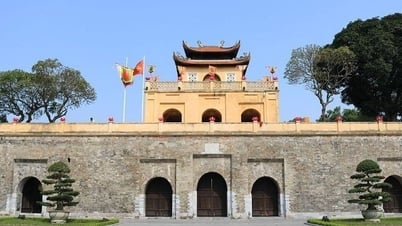

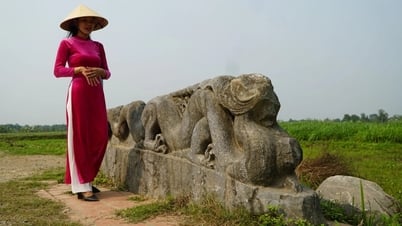

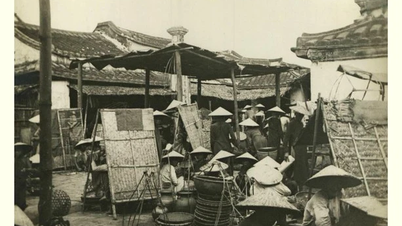

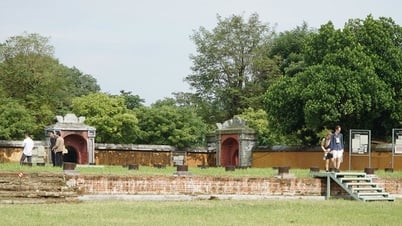

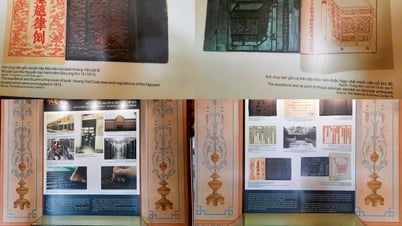










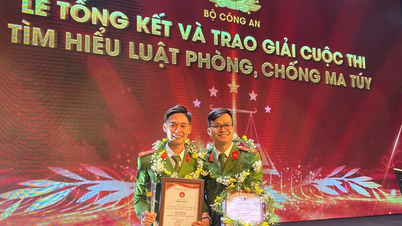

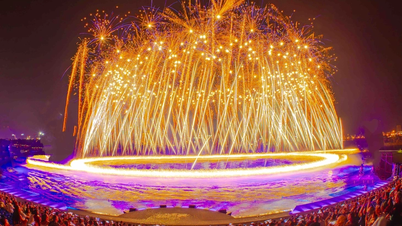








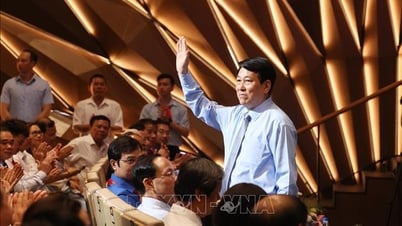

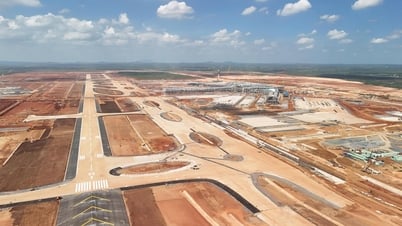




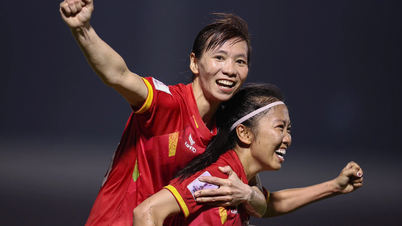


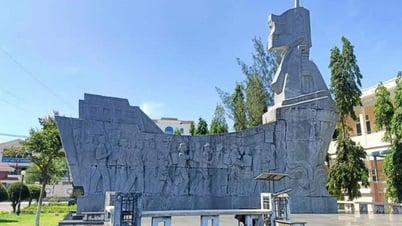

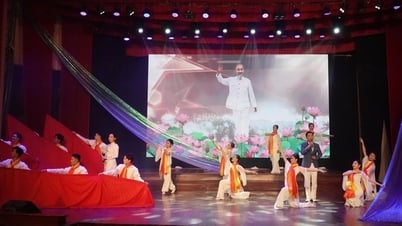
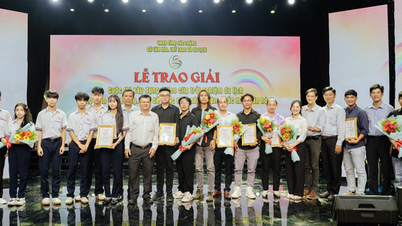
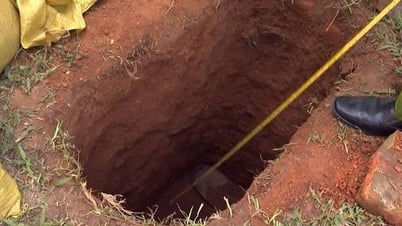
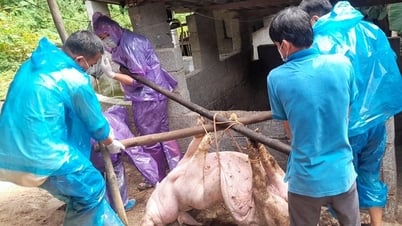

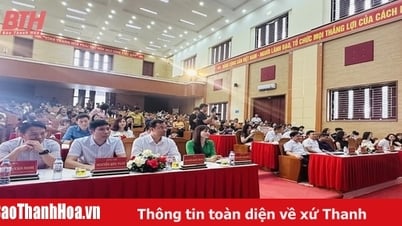





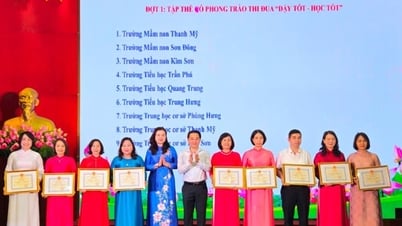

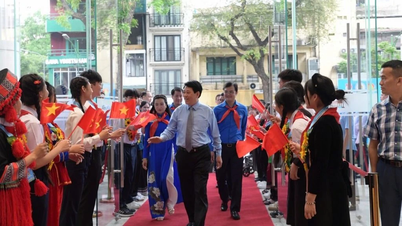


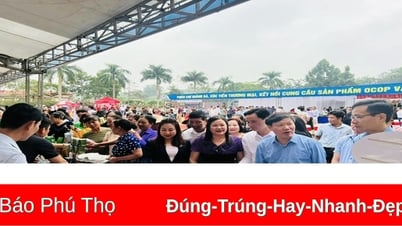

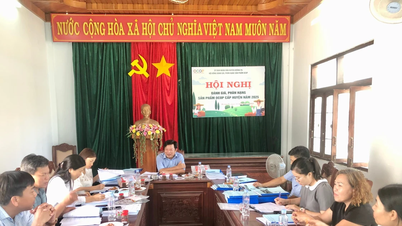






Comment (0)